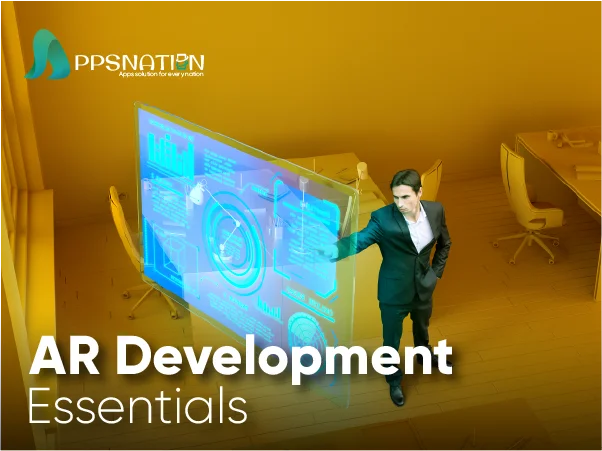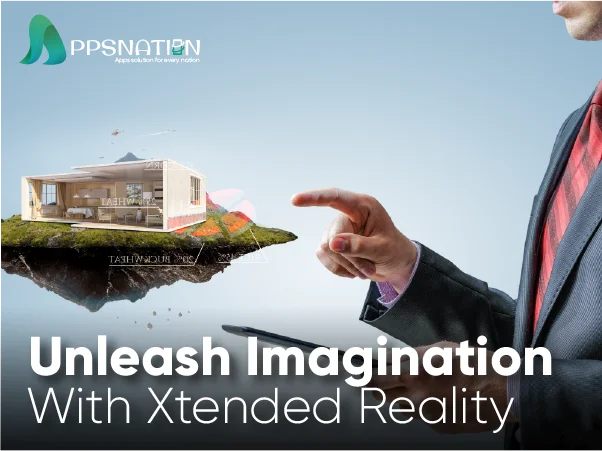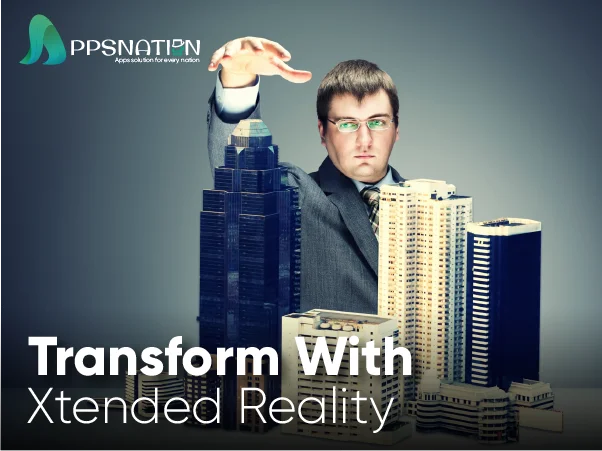Augmented Reality (AR) technology has taken the world by storm, revolutionizing various industries and offering immersive experiences that blend the virtual and physical worlds. From retail to gaming and beyond, AR has carved a niche for itself, providing innovative solutions and captivating interactions. In this article, we’ll delve into the exciting realm of AR development and explore its applications in retail, gaming, and more.
Table of Contents
| 1 | Introduction to AR Development |
| 2 | The Role of AR in Retail
|
| 3 | AR’s Impact on Gaming
|
| 4 | Education and Training through AR
|
| 5 | Healthcare and Medical Applications
|
| 6 | Design and Architecture Utilization
|
| 7 | Challenges and Future of AR Development
|
| 8 | Conclusion |
| 9 | Frequently Asked Questions (FAQs) |
Introduction to AR Development
Augmented Reality involves overlaying digital elements onto the real world, creating an enhanced environment that can be experienced through devices like smartphones, AR glasses, and headsets. This technology leverages computer vision, depth tracking, and sensory input to seamlessly integrate virtual elements into the physical surroundings.
The Role of AR in Retail
Enhancing In-Store Experiences
AR is reshaping the retail landscape by providing shoppers with dynamic and engaging experiences. Through AR apps, customers can visualize how products will look in their homes, try on virtual outfits, and even receive personalized recommendations based on their preferences.
Virtual Try-Ons and Fittings
Gone are the days of second-guessing online purchases. AR allows customers to virtually try on clothing, accessories, and even cosmetics. This eliminates doubts about fit and appearance, enhancing customer confidence in their purchase decisions.
Interactive Product Displays
AR transforms traditional window shopping into an interactive adventure. Retailers can use AR to superimpose additional product information, reviews, and promotions onto physical products, making the shopping experience informative and entertaining.
AR’s Impact on Gaming
Real-World Integration in Gameplay
AR gaming, as demonstrated by games like Pokémon GO, brings the gaming experience into the real world. Players explore their surroundings to find digital creatures, solve puzzles, and engage in quests, fostering an active and immersive form of entertainment.
Gamified Experiences in Physical Spaces
Theme parks, museums, and tourist attractions are embracing AR to create interactive and educational experiences. Visitors can interact with exhibits, uncover hidden stories, and solve mysteries, adding an extra layer of excitement to their outings.
Social Multiplayer AR Games
AR is making gaming a social activity beyond virtual spaces. Friends can team up in the real world to conquer challenges, combining physical activity and digital entertainment.
Education and Training through AR
Simulated Learning Environments
AR is revolutionizing education by providing students with hands-on experiences in controlled environments. Medical students, for instance, can practice surgical procedures without the risks associated with real patients.
Interactive Historical Tours
Historical sites and museums are using AR to transport visitors back in time. Through AR guides, users can witness historical events and explore ancient architectures as they once stood.
Hands-On Skill Development
From mechanical repairs to culinary arts, AR offers practical training by overlaying step-by-step instructions onto real-world tasks, enabling learners to acquire new skills effectively.
Healthcare and Medical Applications
Surgical Visualization and Planning
AR assists surgeons by projecting vital information onto their field of view during procedures. This technology improves precision and reduces the risk of errors.
Patient Education and Rehabilitation
Patients can better understand their medical conditions and treatment plans through AR visualizations. AR also aids in rehabilitation exercises, making therapy engaging and motivating.
AR-assisted Diagnostics
Medical professionals can use AR to analyze medical scans and images in a three-dimensional space, enabling more accurate diagnostics.
Design and Architecture Utilization
Visualizing Interior and Exterior Spaces
Architects and designers use AR to help clients envision building designs. Clients can walk through virtual representations of spaces, making informed decisions before construction begins.
Real-Time Design Modifications
AR enables real-time design adjustments during presentations. Designers can make instant changes to layouts and structures, enhancing client collaboration.
Collaborative Planning
Teams spread across the globe can collaborate on design projects using AR. Real-time annotations and 3D models facilitate effective communication and decision-making.
Challenges and Future of AR Development
The evolution of AR technology presents both opportunities and challenges. Hardware needs to become more lightweight and accessible, while software must offer seamless integration and user-friendly interfaces. Privacy concerns and ethical considerations regarding data collection and usage also need to be addressed. The future holds promising collaborations between AR, AI, and IoT, leading to even more advanced and interconnected experiences.
Conclusion
Augmented Reality has made significant strides in various industries, transforming how we shop, learn, play, and experience the world around us. From enriching retail experiences to revolutionizing education and healthcare, AR continues to break barriers and push boundaries. As technology advances and innovation persists, we can expect AR to weave its magic into even more aspects of our daily lives.
FAQ’s
Q: What devices are commonly used to experience AR?
AR development involves creating applications and experiences that overlay virtual elements onto the real world, enhancing users’ interactions with their surroundings.
Q. Is AR only for entertainment purposes?
No, AR finds applications in fields like retail, education, healthcare, and design, enhancing various aspects of our lives.
Q: Are there any privacy concerns with AR technology?/strong>
Yes, privacy issues arise due to the collection and use of personal data for AR experiences. Stricter regulations are being explored to address these concerns.
Q: How is AR shaping the future of education?
AR is providing interactive and practical learning experiences, making complex subjects more understandable and engaging for students.
Q: Can AR work without an internet connection?
Some AR applications can function offline, while others require internet access for real-time data retrieval and updates.





